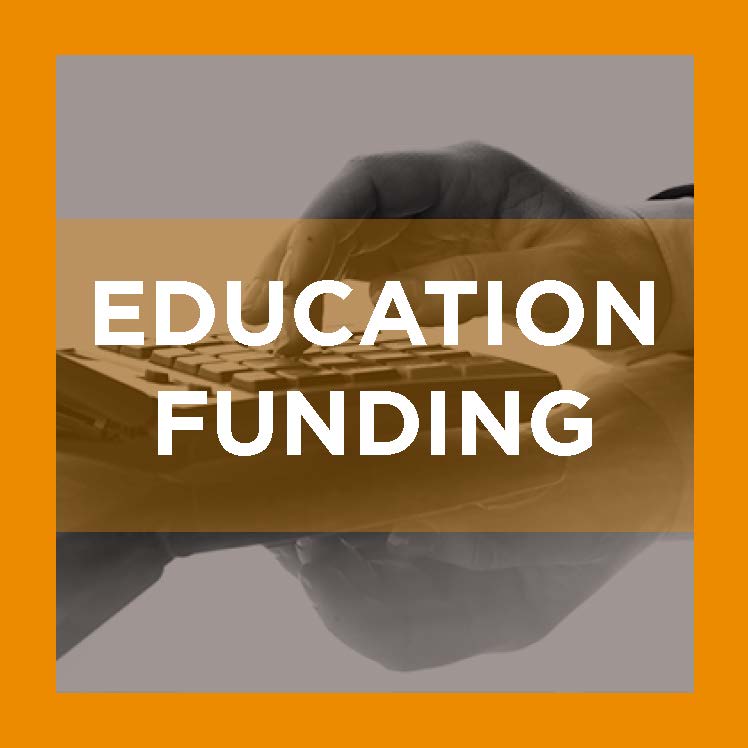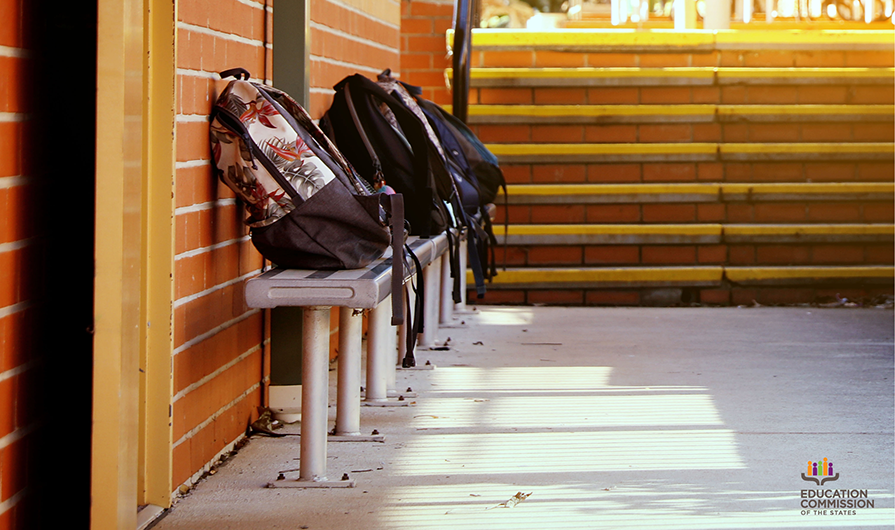If you’re like me, school shootings have left you feeling both frustrated and helpless. Tragedies like those in Santa Fe, Parkland, Sandy Hook and Columbine have forced some of us to rethink what the term “school safety” means. At the state level, there are many proposals for addressing this important issue, and there is one idea that appears to have some consensus behind it: improving mental health services in schools. This policy has been supported by everyone from the American Psychological Association to President Donald Trump.
Before I start talking about the financial numbers behind this policy, it is important to make clear that not every student in this country with mental health problems is a potential risk to others. About 18 percent of children and adolescents have a mental health disorder, and about 5 percent are severely emotionally disturbed, according to the National School Boards Association. That means that about 9 million public school students in the U.S. have a mental health disorder and around 250,000 have some form of severe emotional disturbance. Only a very small fraction of these students ever harm others and an even smaller percentage go on to commit a school shooting.
Most proposals for improving student mental health services have few — if any — details. However, the National Association of School Psychologists provides a proposal that details the types of support needed to address this issue. The NASP report states that to provide proper mental health supports, schools need to have one school counselor for every 250 students, one social worker per 400 students and one psychologist for every 500-700 students. To see how this compares with current staffing levels, I pulled information from the U.S. Department of Education’s Common Core of Data and from the Bureau of Labor Statistics. Using this information, I estimated that, on average, schools in this country have one counselor for every 464 students, one social worker for every 1,260 students and one psychologist for every 1,155 students.
What this means is that we are 92,952 counselors, 85,890 social workers and 28,333 psychologists short of meeting NASP’s minimum staffing recommendations. When we multiply the number of additional positions by the average pay for each of these jobs (which I obtained from the BLS Occupation Employment Statistics), we find that it would cost schools in this country an additional $13.7 billion annually to meet the recommended NASP standards. While this total number is a bit staggering, it’s important to think of it this way: The additional cost comes to only $1.52 per student per school day. I think that’s a do-able price to help to ensure our students’ safety.
We’ll continue the school safety conversation at the closing plenary of the 2018 National Forum on Education Policy later this month. Join us, and register here!





